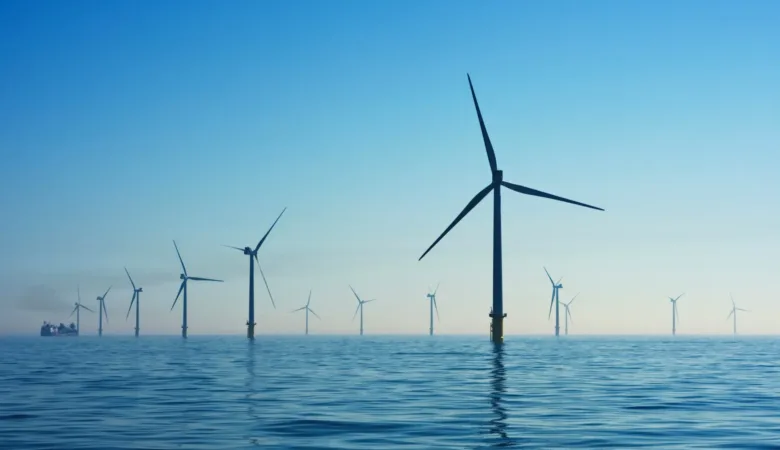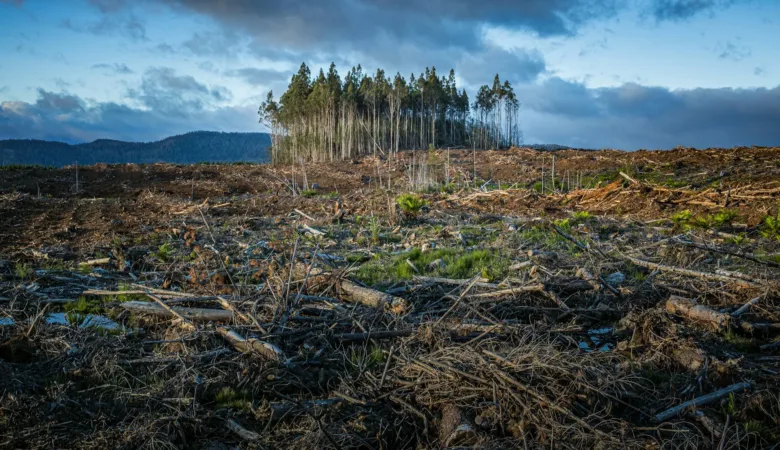Sea level rise is a pressing issue that affects coastal communities and ecosystems around the world. It is primarily caused by the melting of ice sheets and glaciers, leading to an increase in the volume of water in the oceans. Two major contributors to sea level rise are Greenland and Antarctica, both of which have vast ice sheets that are melting at an alarming rate.
Greenland
Greenland is the world’s largest island and is located in the Arctic region. It is covered by a massive ice sheet that is up to 3 kilometers thick in some areas. The ice sheet contains enough water to raise global sea levels by about 7 meters if it were to melt completely.
In recent decades, Greenland has been experiencing accelerated ice loss due to rising temperatures caused by climate change. The melting of the ice sheet has resulted in the formation of numerous meltwater lakes and rivers on its surface. These lakes and rivers contribute to sea level rise by draining into the ocean.
Furthermore, the melting ice sheet in Greenland is causing glaciers to retreat and calve icebergs into the ocean. This process adds additional water to the oceans and exacerbates sea level rise. The impact of Greenland’s melting ice sheet on global sea levels is significant and requires urgent attention.
Antarctica
Antarctica is the southernmost continent and is home to the largest ice sheet on Earth. The Antarctic ice sheet contains about 90% of the world’s ice and holds enough water to raise global sea levels by over 50 meters if it were to melt completely.
While Antarctica is much colder than Greenland, it is not immune to the effects of climate change. In recent years, scientists have observed increased ice loss from the Antarctic ice sheet, particularly in West Antarctica and the Antarctic Peninsula. This is primarily due to the warming of the ocean, which causes the ice shelves that surround the continent to melt from below.
As the ice shelves thin and retreat, they no longer provide a barrier to hold back the flow of ice from the interior of the continent. This leads to an acceleration in the discharge of ice into the ocean, contributing to sea level rise. The instability of certain glaciers in Antarctica, such as the Thwaites Glacier, is of particular concern as their potential collapse could have a significant impact on global sea levels.
Sea Level Rise Implications
The melting of Greenland and Antarctica’s ice sheets has far-reaching implications for coastal areas worldwide. As sea levels rise, low-lying islands and coastal regions are at risk of increased flooding and erosion. This poses a threat to human settlements, infrastructure, and valuable ecosystems.
Coastal cities, such as Miami, New York City, and Shanghai, are particularly vulnerable to sea level rise. These cities are already experiencing more frequent and severe flooding events, and the situation is expected to worsen in the coming decades.
Furthermore, the increased volume of water in the oceans can lead to saltwater intrusion into freshwater sources, impacting drinking water supplies and agricultural productivity in coastal areas.
Conclusion
The role of Greenland and Antarctica in sea level rise cannot be underestimated. The accelerated melting of their ice sheets due to climate change is a significant contributor to the rising sea levels observed globally. Urgent action is needed to mitigate the causes of climate change and to adapt to the inevitable sea level rise that will continue for centuries to come.














Leave a Reply